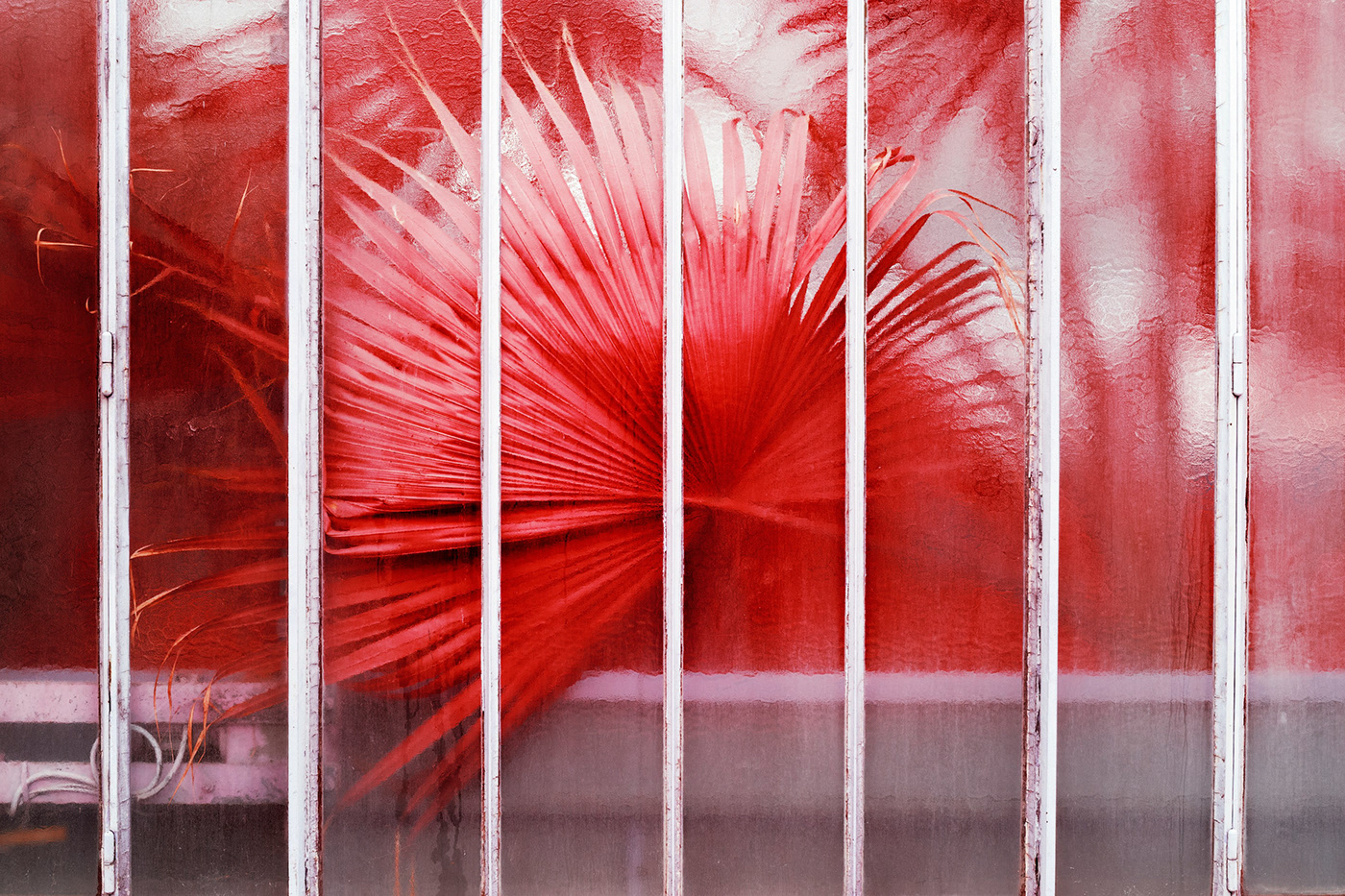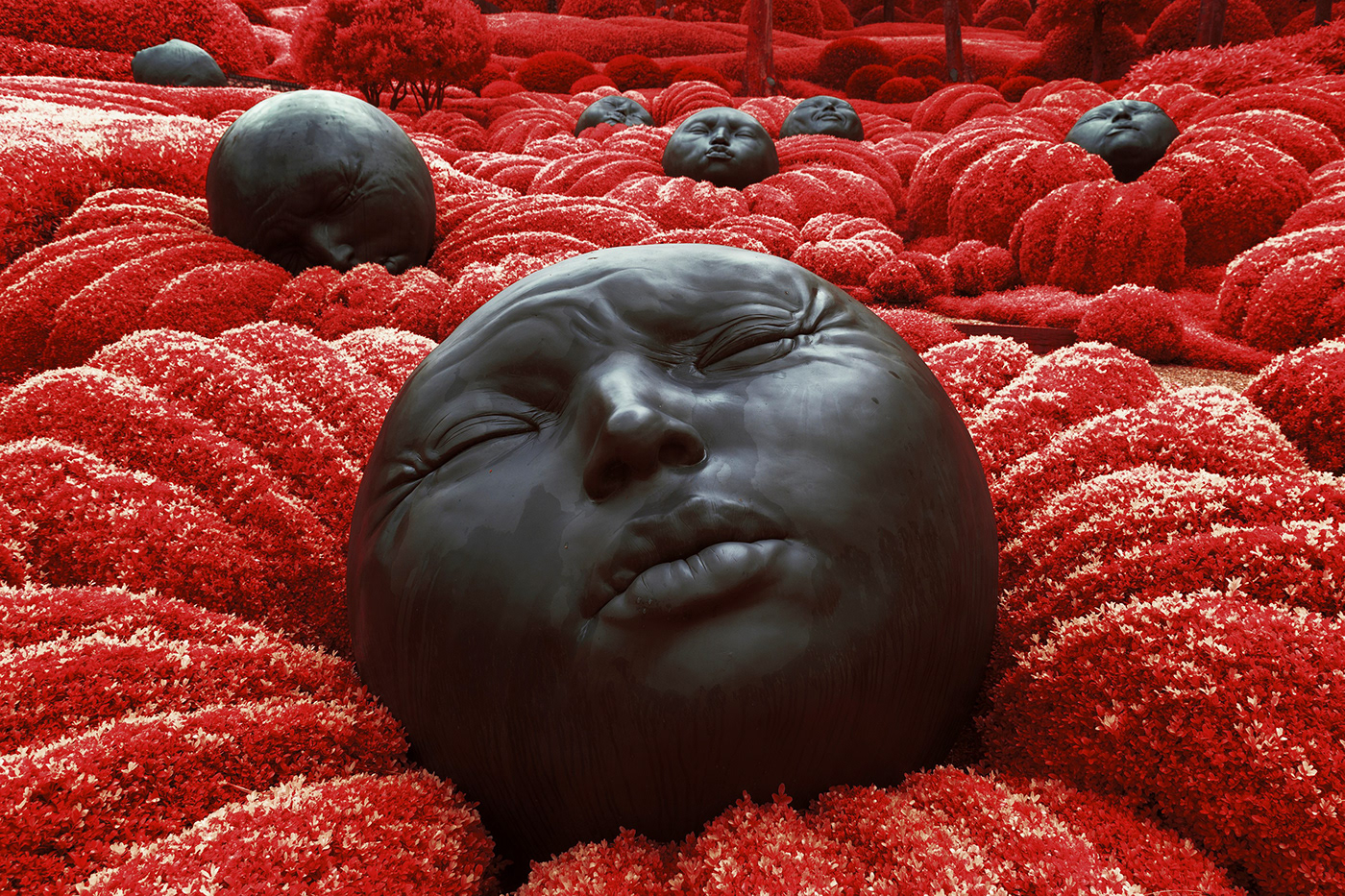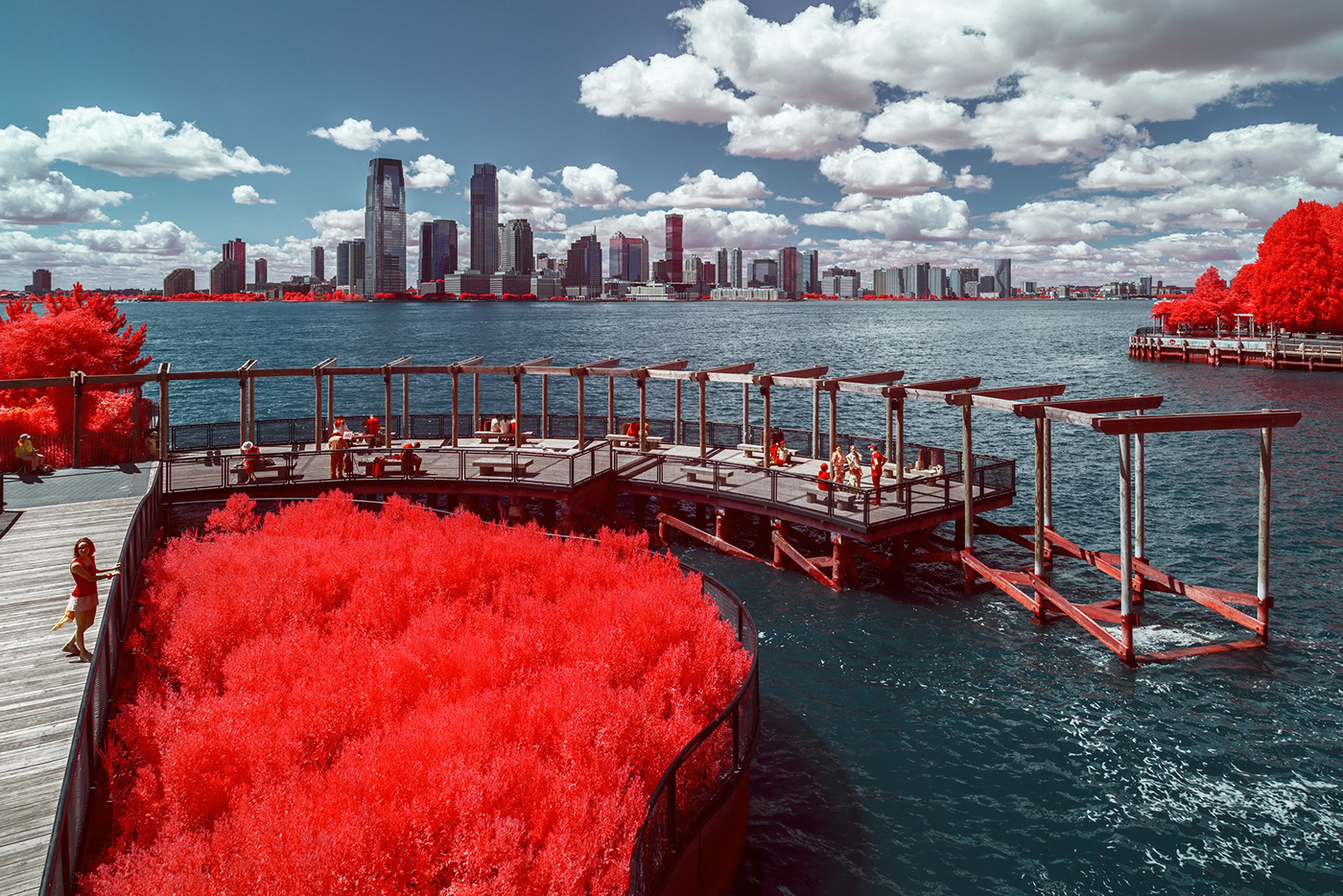COEXISTENCE I
Digital Aerochrome










A more or less harmonious cohabitation...
Depending on natural resources for our survival, we have learned over the centuries to listen, understand and collaborate with our environment. This initial coexistence has been confronted, since the beginning of the 20th century, with industrial society, whose urban planning model is based above all on the optimization of space and not on respect for our environment. Such urban spaces push nature away, park it, make it more of an element of decoration than a real life partner.
Intensive agriculture, imposed by the dogmas of endless growth, favours yield at all costs and exerts real productivity stress on nature. The unique capacity of our natural environment to regenerate and grow on its own has made it a prime raw material that man wants to optimize by all means, at the risk of exhausting it.
Our relationship with the environment is no longer based on reasoned collaboration but on uninhibited exploitation. Fortunately, this balance of power is regularly reversed. Under an apparent resilience, nature constantly adapts, imitates, insinuates itself where it can, regains ground as soon as we release the pressure of our presence. It appears on monuments and abandoned wastelands, witnesses of our history and our past activity.
Awareness of our abuses, although late, has enabled the development of protected natural spaces, sustainable farming methods, eco-responsible habitats and even remarkable gardens, in a desire to put nature back at the center of our way of life. This first step, although essential, is not enough, and the climate challenges we face must integrate a new approach in our relationship with living things.
Through this series, I wish to bear witness to the multiple modes of cohabitation, more or less harmonious, between man and nature in our current societies. To achieve this, I opted for the infrared photography technique: this technique, used by natural area mapping services, captures the infrared radiation reflected by the internal structure of the leaves. This results in a red colouring of plants, the colour of which varies depending on the chlorophyll concentration. This chromatic standardization makes the plant presence more visible and its modes of propagation more readable.
The points of view adopted are also varied, ranging from detail to panorama, to push the viewer's reflection beyond their immediate perception. However, my photographs mainly focus on local environments. To reconnect with nature, there is no need to go to the other side of the globe: nature is everywhere around us, you just have to open your eyes and look for it. A first salutary step in changing our relationship with living things.
Now you can:
Discover my infrared LUTs packs on Kolari Vision website
Enjoy my free tutorials and reviews
Follow me on Instagram
